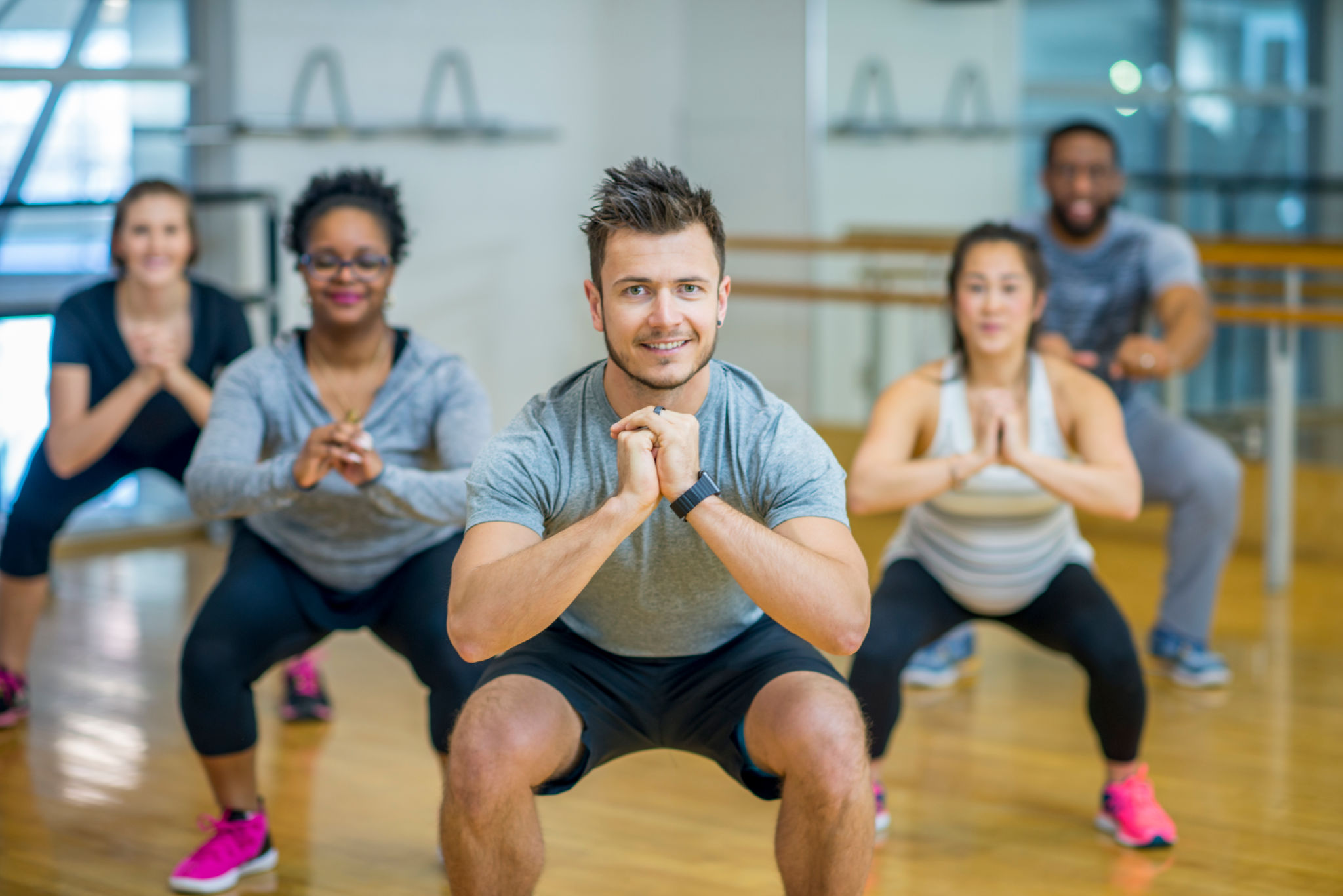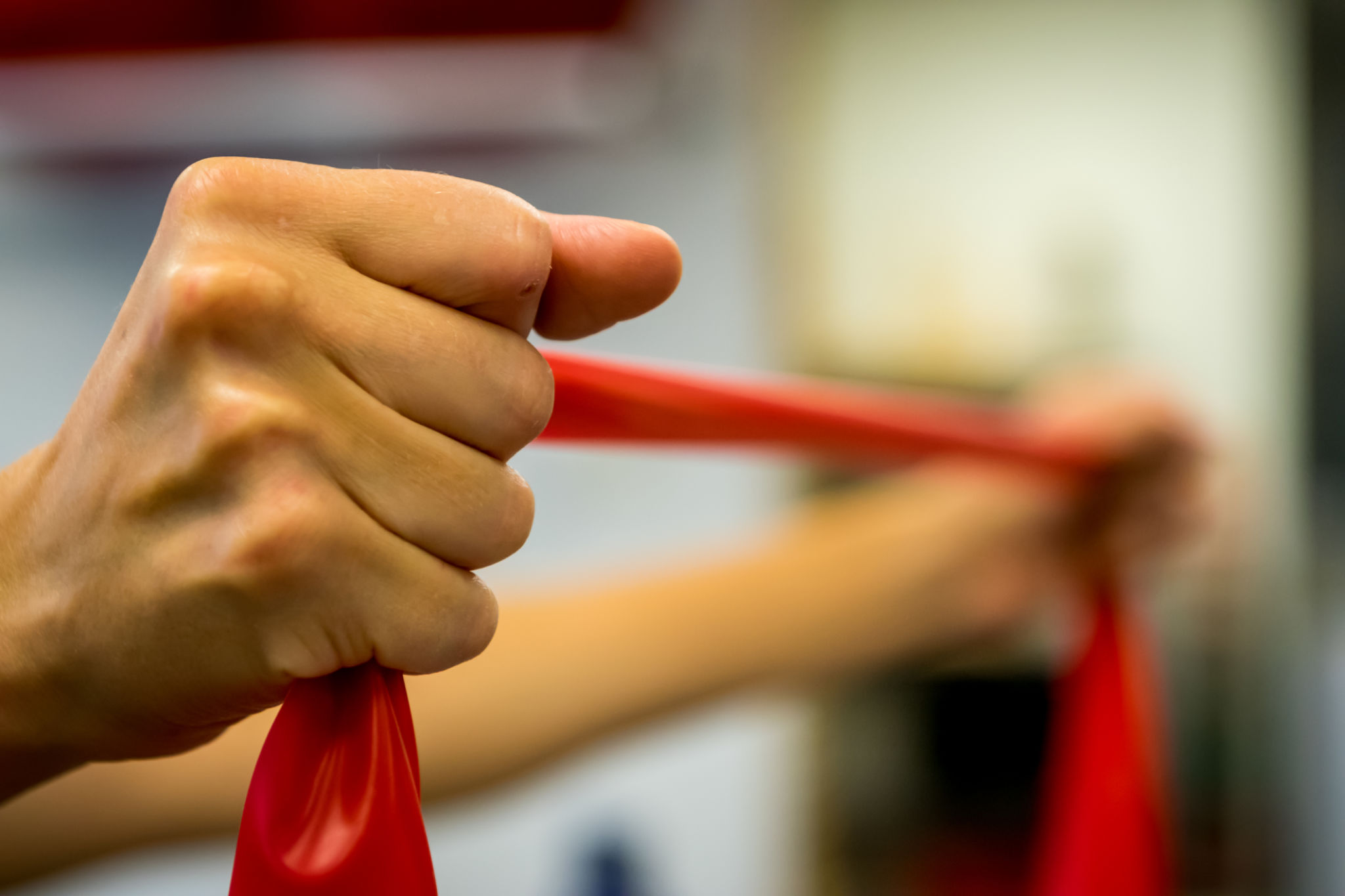Injury Rehabilitation Workouts for Adults Over 40: Safe and Effective Exercises
Understanding Injury Rehabilitation for Adults Over 40
As we age, our bodies require more care and attention, especially when recovering from injuries. Injury rehabilitation for adults over 40 involves specific exercises that are tailored to suit the body's changing needs. These workouts focus on restoring strength, flexibility, and balance while ensuring safety and effectiveness.

The Importance of Consulting Professionals
Before beginning any rehabilitation workout, it is crucial to consult with healthcare professionals such as physiotherapists or doctors. They can provide personalized guidance based on your specific injury and health status. This step ensures that you avoid aggravating the injury and aids in a smoother recovery process.
Low-Impact Exercises for Safe Recovery
Low-impact exercises are ideal for injury rehabilitation, as they reduce strain on joints and muscles while promoting recovery. Some effective low-impact exercises include:
- Walking: A simple yet effective way to maintain mobility.
- Swimming: Provides a full-body workout without putting pressure on the joints.
- Cycling: Helps in improving cardiovascular health and leg strength.

Strength Training: Building Muscle Safely
Strength training is crucial for rebuilding muscle mass and supporting injured areas. However, it's important to start with light weights and gradually increase resistance. Focus on exercises like:
- Resistance band workouts: These are gentle on joints while building strength.
- Bodyweight exercises: Such as modified push-ups or squats.
- Light dumbbell exercises: For targeted muscle strengthening.
The Role of Flexibility and Balance
Improving flexibility and balance is essential in preventing future injuries. Incorporating stretching routines and balance exercises can significantly enhance rehabilitation outcomes. Consider including:
- Yoga: Enhances flexibility and promotes mental well-being.
- Pilates: Focuses on core strength and balance improvement.
- Tai Chi: Known for its gentle movements that improve balance.

Monitoring Progress and Adjusting Workouts
Tracking progress is vital in injury rehabilitation. Keep a journal of your workouts, noting improvements and any discomfort experienced. Based on this, you can adjust your routine to match your current capabilities and recovery status.
Staying Motivated and Consistent
The key to successful rehabilitation is consistency. Setting realistic goals and celebrating small victories can keep motivation high. Remember, recovery is a journey, not a race, so be patient with yourself as you work towards full recovery.
Incorporating these safe and effective exercises into your rehabilitation routine can help you regain strength and mobility. Always listen to your body, seek professional guidance, and remain dedicated to your recovery goals for the best results.

